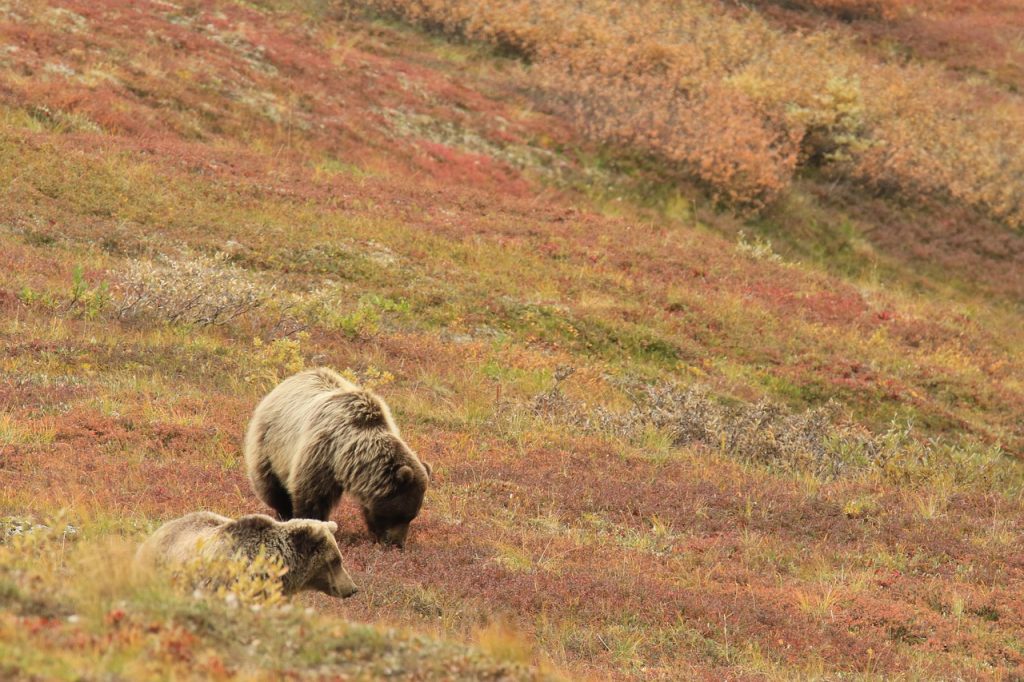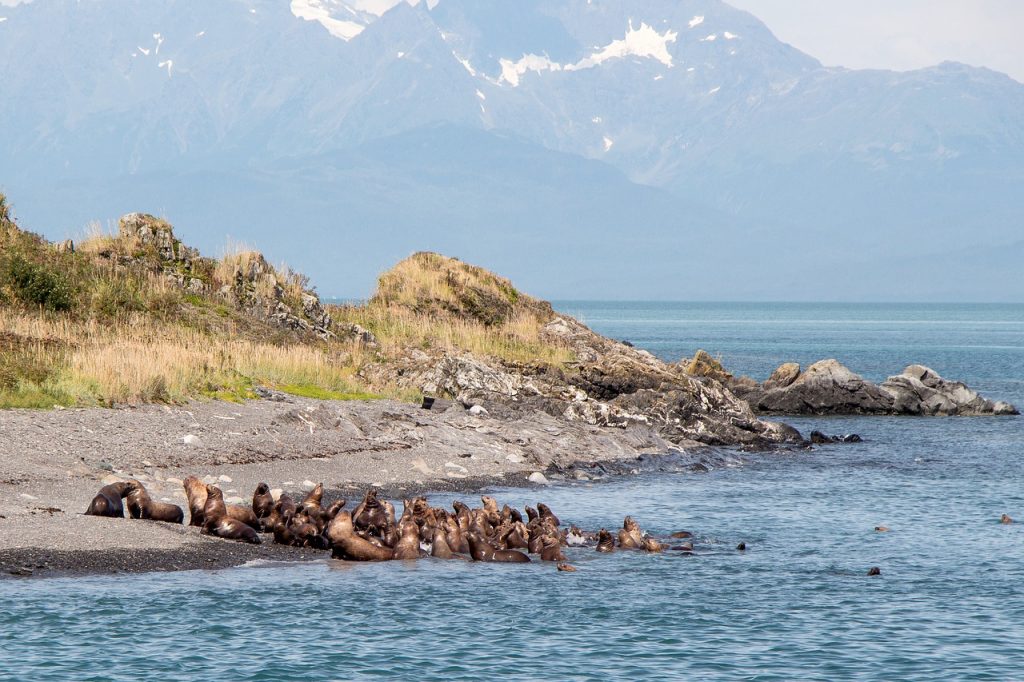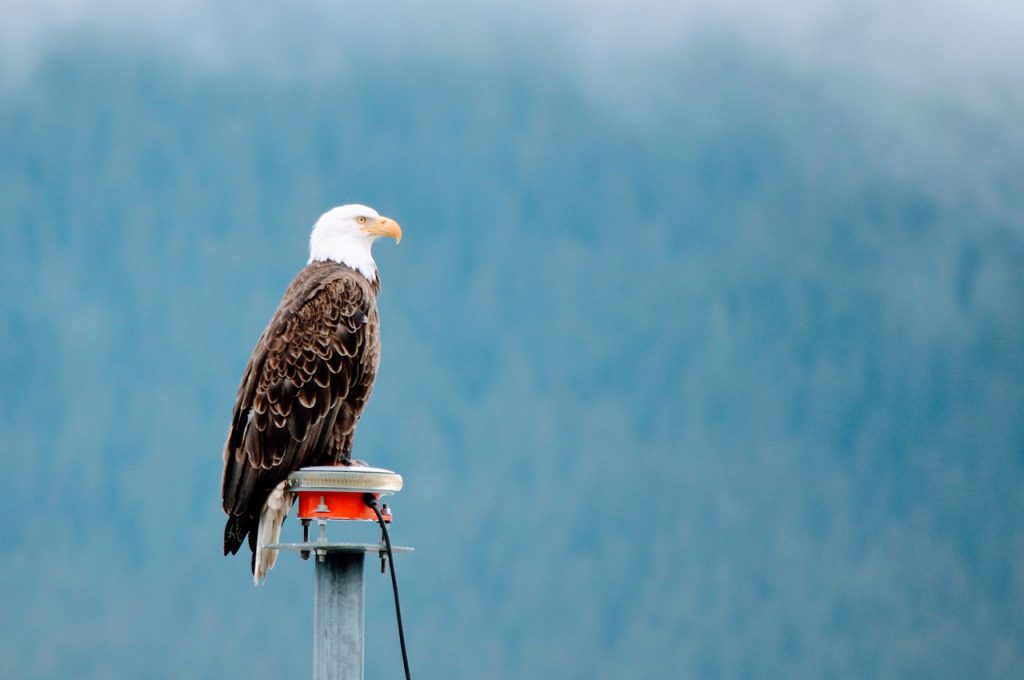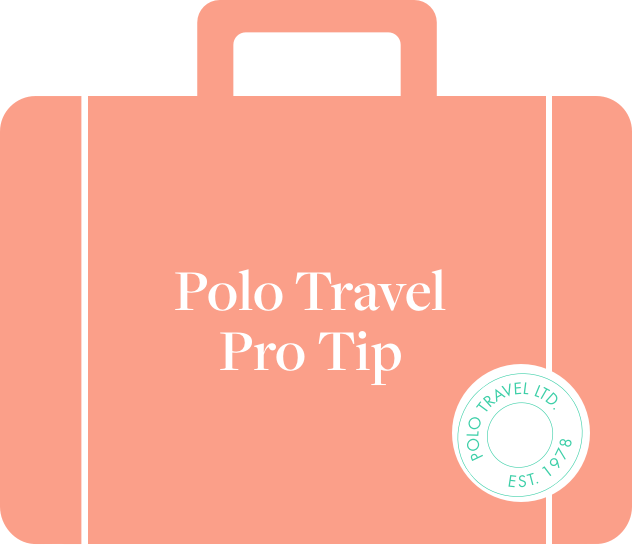UnCruise Alaska
By Jennifer Bain
UnCruise Adventures has multiple vessels and routes in Alaska. Guided by “whim, wildlife and weather,” no two sailings are ever the same. Small ship expeditions are for 22 to 88 guests, usually age eight and up. Dress is always casual, meals have open seating, and captains have an open bridge policy. There are no hidden costs as food, alcohol and multiple daily excursions are included.
Alaska: The Last Frontier
On the day dedicated to exploring glacier country, we awake to the crackle of “white thunder” and the welcome sight of Alaska’s famous rain deferring to sunshine. Margerie Glacier plays to the crowd that gathers on deck, showing off an ice face that sparkles in shades of white and blue, and emitting thunderous booms as she calves and relinquishes ancient bits to the Pacific Ocean.
It’s tough to look away to the somewhat dowdy Grand Pacific, a neighbouring tidewater glacier that also terminates in the sea and not on land but is cloaked in brown and black. It turns out that landslides have covered it in rock debris.
Like the license plates say, Alaska is the “last frontier” – a place of big nature and big wildlife. Explored by sea and on land by millions each year, somehow America’s largest state delivers the pristine wilderness and solitary experiences that we crave. It also gives us the big three: glaciers, whales and bears.

Exploring Alaska’s Remote Corners
Our ship leaves the crowd-pleasing glacial duo and motors down the fjord to anchor by the Lamplugh Glacier. To kayak, hike or explore the nearby shore, I hop into a skiff to scramble around on land, kissing land-locked icebergs for a few precious moments.
“This is the prettiest place on the planet right now,” declares Andres Bustamante. The park ranger with Glacier Bay National Park and Preserve has joined our group of 75 on the S.S. Legacy with UnCruise Adventures.
We have time for another skiff ride to Johns Hopkins Inlet to see harbor seals and their pups, then it’s back to the boat for a polar plunge. Three at a time, we jump off the Sea Dragon (our ship’s custom adventures utility vessel that acts as a kayak and skiff launch) to the sound of Queen’s “We Will Rock You” and quickly claw our way out.
The sun tricked us – the air is warm, but the ocean is even colder than usual when a glacier is around. Still, what an unforgettable – and rare – experience.
“Folks, I can’t compliment you enough for making this journey to such a remote place,” Bustamante tells us later in between orca and humpback whale sightings and before he departs after South Marble Island’s bonanza of puffins, sea lions and sea otters.

They don’t call this replica coastal gold rush steamer a “floating wildlife watching platform” for nothing. My favourite spot is the erasable sighting board where we add everything we see – banana slugs, flat worms, bear and moose scat and jumping salmon, to name a few of the more fun things. And UnCruise delivers on its promise that our days exploring the Inside Passage will be guided by “whim, wildlife and weather.”
One day, here in the narrow Panhandle portion of southern Alaska beside northern British Columbia, things are derailed by a couple of coastal brown bears prowling the area we want to explore. Captain Tim Voss moves us to a safer location a few hours away. Throughout the week, whales pop up sporadically, and each time the captain patiently stops so we can enjoy the show.
Alaska’s Wilderness: Sea Creatures, Bears and Bald Eagles
Guided kayaking is lovely when the sea is calm, but I’m partial to the shore walks that go “tide pooling” at low tide to check out sea stars, jellyfish, anemones, hermit crabs, barnacles, mussels and the like.
“This place is bursting with biodiversity,” enthuses expedition guide Bobby DeMarinis, offering tastes of kelp. “Flip over rocks and see what hidden critters might be exposed. What a treat to be in a place that’s so rich with life.”
Another day, I try bushwhacking, scrambling through an island forest and shouting “aye o” and “yo bear” to fend off unwanted encounters. Bald eagles soar above us and we have a laugh as a couple of people get caught in “BSM” (boot-sucking mud).
On our second last day, we have an “urban” day in and around Haines, starting with a scenic float trip down the Chilkat River through the Chilkat Bald Eagle Preserve.
I see more bald eagles in a week in Alaska than in the rest of my life combined.

Emerging from the tranquil wilderness into the metropolis of Haines, population 1,700, is a little jarring. But Big Al’s Salmon Shack puts delicious Alaskan salmon in the fish part of its fish-and-chips, and the Hammer Museum is a riot with more than 2,000 examples of “the world’s first tool” on display – everything from Turkish chewing taffy hammers to airline ice-breaking hammers.
That night, back on the S.S. Legacy, the Chilkat Dancers perform six songs and share Tlingit culture, a reminder of the indigenous people who were here long before Alaska was Russian and then sold to the United States.
I see this Russian heritage while racing through Sitka for four hours before my cruise, exploring a traditional Russian Orthodox cathedral and cemetery, and buying matryoshka (nesting) dolls.
Overnighting in Juneau at the end of this Alaskan journey, there is more indigenous culture on display. The indigenous-owned Mount Roberts Tramway offers stunning views, of course, but also carvers at work. In the Sealaska Heritage Institute, I watch a video about traditional indigenous ways of fishing for halibut, and then I go halibut fishing with the all-female 49th Fathom Charters led by Captain Shelby Martin
Glaciers really are Alaska’s biggest draw, so I splurge on one last journey to see them, this time on a flightseeing trip that lands on the Juneau Icefield. Thirty minutes go by too fast as I cautiously explore Herbert Glacier’s rivers, crevasses and moulins (shafts). On the return flight, I carve out a few final moments of peace and solitude. Gazing out the helicopter window, I see that we’re soaring above the eagles.
